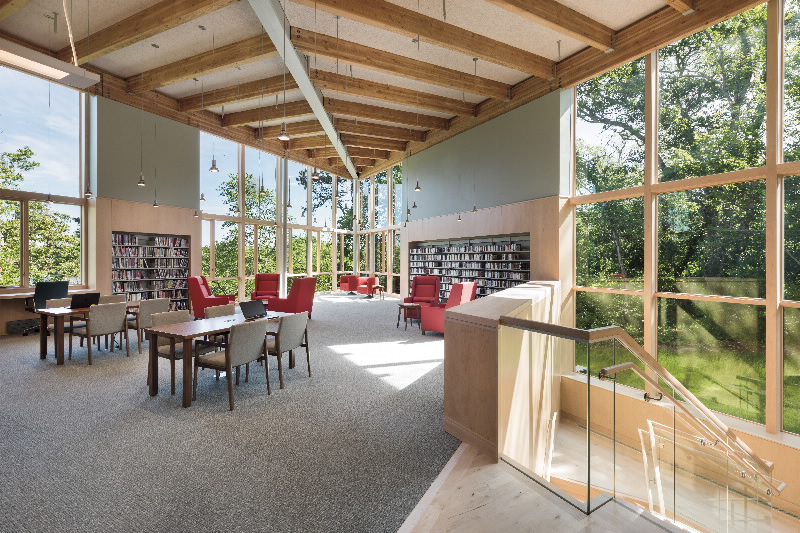Glazing Systems: Balancing Aesthetics, Performance, and Cost

Course Description:
Sealed insulating glass and triple-glazed systems are being used extensively in today’s commercial and institutional buildings, especially in education, health care, and offices. Selection of the glazing system has a major impact on building energy costs and the life expectancy of the glazing system.
Using a variety of glass samples and project case studies from across the United States, we will discuss how the architect’s selection of the glazing system impacts aesthetics, thermal performance, and cost. We will discuss the effects of double-glazing, triple glazing, warm edge technologies, low-E coatings, tints, reflective coatings, and between-glass blinds.
Learning Objectives:
• Describe how glazing systems comply with national building codes and standards.
• Specify the glazing attributes most important to energy efficiency, day lighting, views, and indoor environmental quality.
• Describe the trade-off between aesthetics and energy efficiency, especially as it relates to insulating value, heat gain, visible light transmission, and occupant comfort.
• List the advantages/disadvantages of sealed insulating glass and triple glazed systems and how they compare in terms of aesthetics, initial cost/life cycle cost, durability, fading blockage, warranty, energy performance, safety, and resistance to condensation.
Delivery: Live
Internal Course Code: P520
Duration: 1h
HSW Compatible: Yes
Point of Contact Name: Architectural Solutions
Point of Contact Email: ArchitecturalSolutions@Pella.com